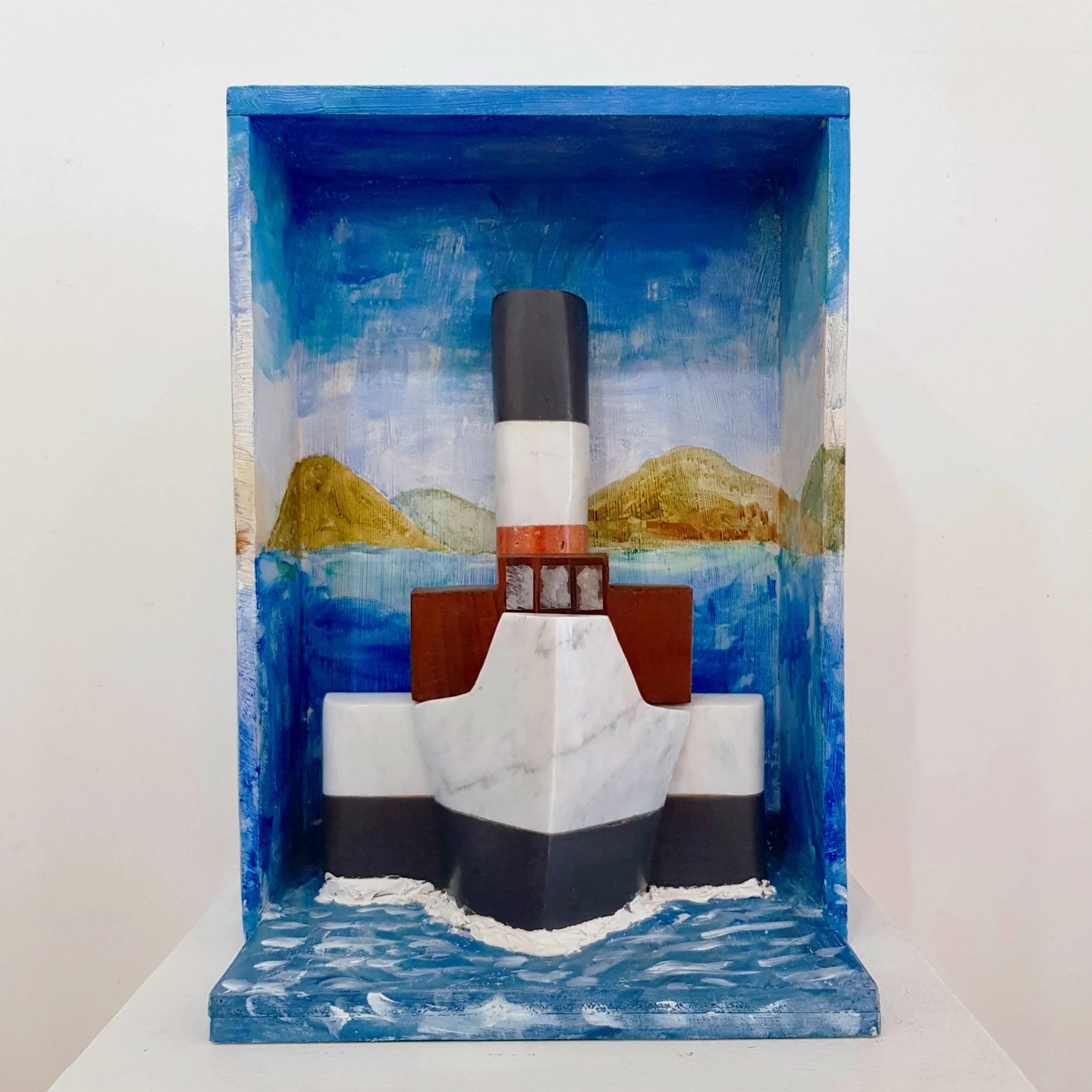Sanction Culture
21 April 2022
Where does pariah status leave a country’s artists, arts organisations and artworks?
Richard Unwin
Richard Unwin is a London-based freelance arts journalist and writer, contributing to The Art Newspaper and a number of international publications.
The Alexander Palace Egg, Fabergé. Chief Workmaster Henrik Wigstrom, 1908. On display at the V&A exhibition ‘Fabergé in London: Romance to Revolution’, until 8 May 2022.
© The Moscow Kremlin Museums.
As the international community looks on in dismay at the invasion and bombardment of Ukraine, arts organisations have scrambled to react to the impact of the war on their own activities. The combination of public outrage and economic sanctions launched in response to Russia’s actions have quickly made it very difficult to deal with the country on a cultural level. While the implications pale in comparison to the conflict’s humanitarian impact, the need to quickly relinquish ties has left organisations and individuals facing difficult decisions about how to navigate the new reality.
Anyone doing business in the art world must now be scrupulous in ensuring they don’t deal with anyone personally named on Western sanction lists - lists that include individuals who were previously significant collectors. The optics of public opinion and media attention also mean that dealing within any Russian individual or entity, whether specifically sanctioned or not, could also have negative consequences. Should someone be bold enough to try and persevere, exchanging funds in a transaction is likely to be tricky.
In a market report considering the likely impact of sanctions, Artnet News summarised the situation succinctly, “One thing is clear: companies should be prepared to pass on a lot of business, no matter how lucrative or distressed.” For “companies”, also read any dealers, gallerists, or collectors with a stake or interest in Russian art and culture.
The ramifications have already impacted the top end of the market. The auction houses Christie’s, Sotheby’s and Bonhams all recently cancelled planned sales of Russian art, while Russian-owned Phillips has found itself in a particularly difficult position. In the museum-sector, similar concerns are at play, with the Tate announcing that it has cut ties with billionaire supporters targeted by American and European sanctions. Meanwhile, eyebrows have been raised towards the exhibition Fabergé in London: Romance to Revolution, which remains on show at the V&A and includes prominent pieces loaned from St Petersburg and Moscow.
Russia bombs the cities and infrastructure of Ukraine, so the outside world metaphorically burns the bridges that connect it to the belligerent. While Western cultural organisations and operators will endure some hardships as a result, harder hit will be Russian artists, galleries, businesses and institutions, isolated as they now are from the wider world.
Some in Russia have already taken steps to dissociate themselves from what Putin has unleashed. Two days after Russia’s invasion of Ukraine began, the Garage Museum of Contemporary Art in Moscow announced that it would stop work on all exhibitions. The museum said this would continue, “until the human and political tragedy that is unfolding in Ukraine has ceased. We cannot support the illusion of normality when such events are taking place.”
One of the most influential centres of contemporary art in the world, the Garage Museum was founded by Dasha Zhukova and her former husband, Roman Abramovich. The latter, of course, has become one of the most talked about names in the narrative surrounding the conflict, personally embroiled in both the fallout from sanctions and the attempted peace talks between the Russian and Ukrainian governments. While it may seem morally clear for all of Russia’s cultural players to condemn what is happening in Ukraine, however, those living in Russia also have to consider the impact of any public statements on their own safety and livelihood.
Garage Museum of Contemporary Art building in Gorky Park, Moscow, Russia.
Image courtesy of Sergey Norin, CC BY 2.0.
To consider where they now find themselves, Russia’s artists and arts professionals may look to Iran, a country that has long borne the brunt of Western condemnation. Continuing a trend that began in 1979, American sanctions against Iran were notably ratcheted up during the presidency of Donald Trump. Alongside the wider Iranian economy, the country’s vibrant contemporary art scene was significantly knocked back. Artists found it harder to source materials and were left unable to receive income via international banks, meaning they had to fly abroad to physically collect cash from sales; if, that is, they were able to get a visa.
While sanctions have made it financially and logistically more difficult for interactions to take place, however, Iranian artwork and the country’s cultural producers have continued to be held in high regard. Even at the peak of US pressure on Iran, exhibitions of both classical and contemporary Iranian art went ahead in the West, and major auction houses continued to trade in work from the country.
The difference in the case of Russia is that the external reaction to the conflict in Ukraine - from both governments and the public - is more intense than anything levelled at Iran. As such, the road back to normal cultural relations, particularly for those individuals or organisations associated with being supportive of the Russian government’s actions, will be rough. Even so, Russian art and culture is so intertwined with the culture of the West that it may not be too long before Western audiences feel comfortable again looking at the country’s artwork, listening to its music and reading its literature.
In the meantime, it is to be hoped that the conflict in Ukraine ceases and that the country’s own cultural bastions, which have come under all-too-real, physical assault in the war, are also given the attention they deserve.




















